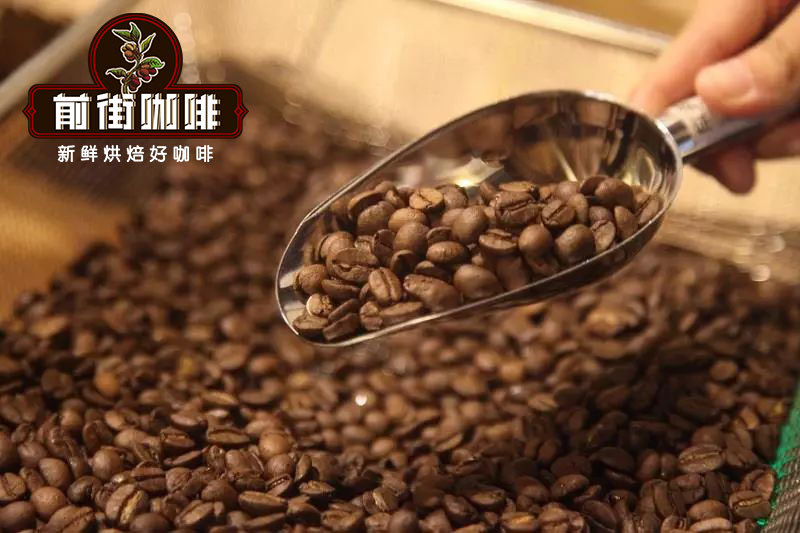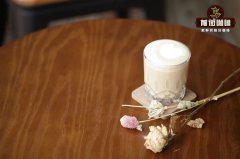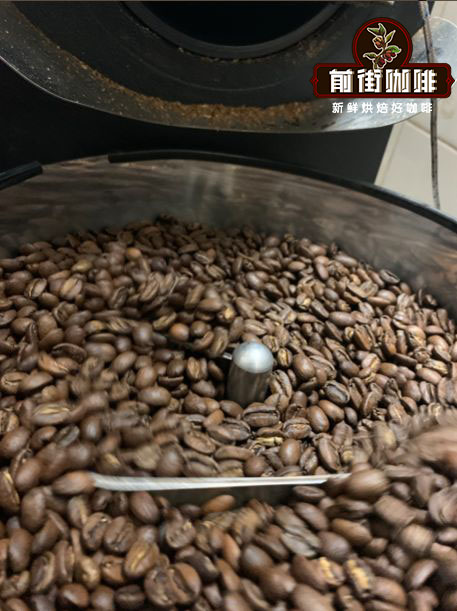The Source of Coffee Acid value effect of roasting degree on Coffee Acid value in Coffee producing area
In modern life more and more people come into contact with coffee, in addition to the established impression of bitterness and heavy, more people pay attention to the acidity of coffee, we often use bright, lively, sharp, etc., many adjectives to express the acid value in the oral performance, as an important indicator of coffee evaluation in recent years, coffee acidity exactly what is it?
Acid value of coffee
Acidity in the coffee score item is a fruit acid coffee flavor, excellent acid will bring stimulation to the tongue side, in addition to secretion of saliva and produce a sweet feeling, but also can balance the taste.
Coffee acid has many appearances, there are nucleic acid, citric acid, tartaric acid, malic acid, chlorogenic acid, etc., different coffee beans and roasting methods will greatly affect the presentation of acid value, and then play a cup of coffee complete flavor.
Source of Coffee Acid Value
Coffee sour texture comes from coffee cherry, itself is fruit, whether brewed or roasted, its natural acid is inherently high, of course, there are some factors that affect the acidity of coffee.
made in
The nature of the soil and the climate and altitude of each country greatly affect the growth of coffee, which in turn affects the quality of caffeic acid. For example, Kenya's coffee beans are known for their strong malic acid.
varieties
Variety has a great influence on coffee acid, and genetic sequences determine many things after coffee trees are planted, and as long as they grow properly, they will show up in flavor performance.
approach
The process of removing the pulp of the outer layer of coffee cherries is the treatment method, and the treatment method will deeply affect the coffee flavor, acid is the focus, the coffee acid of the washing treatment method is clear and bright; the coffee acid of the sun treatment method is characterized by unrestrained enthusiasm and rich layers.
roasting degree
The acidity of coffee is affected by the length of roasting time and the temperature of the beans. As the roasting time increases, the acidity of the coffee beans will be decomposed and gradually replaced by roasting taste and bitterness, so that light roasted coffee is usually more acidic than dark roasted coffee.

conclusion
Acid value has always been controversial in coffee, but it must be said that if the acid value is excellent and delicate with the right sweetness, it must be acceptable to most people. Balance is the basic of a good cup of coffee. Too much persistence in a certain taste will backfire. What's more, we are pursuing quality rather than quantity.
Important Notice :
前街咖啡 FrontStreet Coffee has moved to new addredd:
FrontStreet Coffee Address: 315,Donghua East Road,GuangZhou
Tel:020 38364473
- Prev

How to drink cappuccino at home? The milk bubble pot is pressed to teach.
Introduction to cappuccino, which began in the 1930s, is a mixture of espresso, milk and milk foam. Its foreign-style name is eye-catching, and its fragrant taste and delicate taste capture your heart. It is now common in cafes, but Qianjie today will share with you a way to make cappuccino coffee easily at home! What are the characteristics of cappuccino
- Next

What is the best flavor period for coffee? The fresher the coffee beans, the better? why do you need beans?
"many stores boast freshly baked coffee beans that day, so the fresh coffee beans are better.
Related
- Beginners will see the "Coffee pull flower" guide!
- What is the difference between ice blog purified milk and ordinary milk coffee?
- Why is the Philippines the largest producer of crops in Liberia?
- For coffee extraction, should the fine powder be retained?
- How does extracted espresso fill pressed powder? How much strength does it take to press the powder?
- How to make jasmine cold extract coffee? Is the jasmine + latte good?
- Will this little toy really make the coffee taste better? How does Lily Drip affect coffee extraction?
- Will the action of slapping the filter cup also affect coffee extraction?
- What's the difference between powder-to-water ratio and powder-to-liquid ratio?
- What is the Ethiopian local species? What does it have to do with Heirloom native species?

